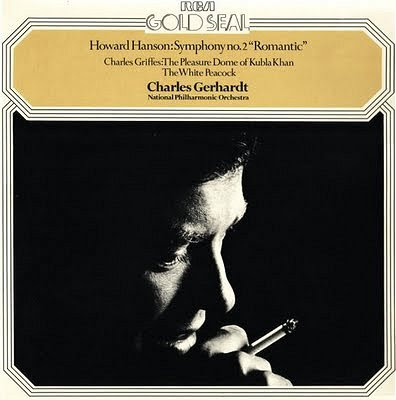An amazing gesture of hope for the future?

"There was a Royal Academy exhibition in 1997 about the architect Denys Lasdun. As I recall, there was a photograph of him in wartime on the beach at Normandy wearing battledress, teaching architecture to the army education corps. I thought that was an amazing gesture of hope for the future. I began to think of buildings as hopes, as frail human endeavours, as children that need to be brought up, invested in and looked after. It's also an idea of the architect as hero, as distinct from architect as villain. Lots of things unravelled from that: where did it all go wrong, where did it all go right...
My endowment from the National Endowment for Science, Technology and the Arts (NESTA) concerned exploring connections between the historic ambition of opera to combine human expressive arts, and the possibility of contemporary technology. A starting point was to enhance a use of moving image within opera performance. The arrival of digital technology proposes a new box of tools in this area, within the economic reach of arts projects. It's a bit like the early days of film: the grammar of how you use it and what you can do with it hasn't been decided yet.
The question arose as to what kind of musical voice the work could have. The potential to echo the contrasting environment with two compositional styles emerged, and Jonathan Reekie, chief executive of Aldeburgh Music, suggested composers Mira Calix and Tansy Davies. Tansy uses acoustic classical instruments and is inspired by different cultural registers. Mira Calix uses an electronica approach but the source of her sound is often from the natural or found world - rendered into patterns. So both connect to qualities of contrast or duality in the piece within their own work, as well as in contrast to each other."
Tim Hopkins talks about the new Aldeburgh Festival commissioned opera Elephant and Castle which he devised and directs, with music by Mira Calix and Tansy Davies, and text by Blake Morrison. The opera incorporates film, digital sounds, installations and live performance. It is about architecture and aspiration, urban legends and primal myths, past and future, work and play, and children and parents.
The first two performances are today Wednesday (June 20) and Thursday (June 21), and the audience has been told 'dress for the weather' as the performance promenades through the landscape around the Snape Maltings - see picture below. The two images here are computer renderings of scenes from Elephant and Castle. The video artist Tal Rosner is the partner of Festival creative director Thomas Adès. Although Rosner is not connected with the new opera the Festival has a commitment to exploring video and other new media.
In his 1964 Aspen Award acceptance speech Aldeburgh Festival founder Benjamin Britten said "There are many dangers which hedge around the unfortunate composer: pressure groups which demand true proletarian music, snobs who demand the latest avant-garde tricks; critics who are already trying to document today for tomorrow, to be the first to find the correct pigeon-hole definition. These people are dangerous - not because they are necessarily of any importance in themselves, but because they make the composer, above all the young composer, self-conscious, and instead of writing his own music, music which springs naturally from his gifts and personality, he may be frightened into writing pretensious nonsense or deliberate obscurity. He may find himself writing more and more for machines, in conditions dictated by machines, and not for humanity: or of course he may end by creating grandiose clap-trap when his real talent is for dance tunes or children's piano pieces."
Is Elephant and Castle an amazing gesture of hope for the future, and a bridge to new audiences? Or is it just the latest avant-garde tricks? Follow this link for my review and production photos.

Now read about an amazing architectural and musical hope for the future that is not disputed.
Images and Tim Hopkins quote from interview with David Benedict in the excellent 2007 Aldeburgh Festival programme book. Image credits Tim Hopkins and Pippa Nissen. Any copyrighted material on these pages is included as "fair use", for the purpose of study, review or critical analysis only, and will be removed at the request of copyright owner(s). Report broken links, missing images and other errors to - overgrownpath at hotmail dot co dot uk









Comments
Pete